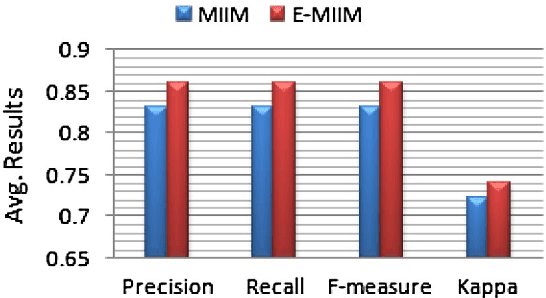Md Shohidul Islam
Stochastic-HMDs: Adversarial Resilient Hardware Malware Detectors through Voltage Over-scaling
Mar 11, 2021Abstract:Machine learning-based hardware malware detectors (HMDs) offer a potential game changing advantage in defending systems against malware. However, HMDs suffer from adversarial attacks, can be effectively reverse-engineered and subsequently be evaded, allowing malware to hide from detection. We address this issue by proposing a novel HMDs (Stochastic-HMDs) through approximate computing, which makes HMDs' inference computation-stochastic, thereby making HMDs resilient against adversarial evasion attacks. Specifically, we propose to leverage voltage overscaling to induce stochastic computation in the HMDs model. We show that such a technique makes HMDs more resilient to both black-box adversarial attack scenarios, i.e., reverse-engineering and transferability. Our experimental results demonstrate that Stochastic-HMDs offer effective defense against adversarial attacks along with by-product power savings, without requiring any changes to the hardware/software nor to the HMDs' model, i.e., no retraining or fine tuning is needed. Moreover, based on recent results in probably approximately correct (PAC) learnability theory, we show that Stochastic-HMDs are provably more difficult to reverse engineer.
E-MIIM: An Ensemble Learning based Context-Aware Mobile Telephony Model for Intelligent Interruption Management
Aug 25, 2019



Abstract:Nowadays, mobile telephony interruptions in our daily life activities are common because of the inappropriate ringing notifications of incoming phone calls in different contexts. Such interruptions may impact on the work attention not only for the mobile phone owners but also the surrounding people. Decision tree is the most popular machine learning classification technique that is used in existing context-aware mobile intelligent interruption management (MIIM) model to overcome such issues. However, a single decision tree based context-aware model may cause overfitting problem and thus decrease the prediction accuracy of the inferred model. Therefore, in this paper, we propose an ensemble machine learning based context-aware mobile telephony model for the purpose of intelligent interruption management by taking into account multi-dimensional contexts and name it "E-MIIM". The experimental results on individuals' real life mobile telephony datasets show that our E-MIIM model is more effective and outperforms existing MIIM model for predicting and managing individual's mobile telephony interruptions based on their relevant contextual information.
* 10 pages
 Add to Chrome
Add to Chrome Add to Firefox
Add to Firefox Add to Edge
Add to Edge